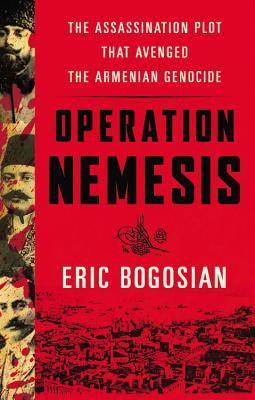What do you think?
Rate this book


384 pages, Hardcover
First published April 21, 2015
Tehlirian and his cohorts were not simply avengers. They were a small group of men ... who through their actions, tried to offset in some way the anonymous deaths of hundreds of thousands of innocent civilians who died in the deserts and in their homes and in mountain wastelands. No headstones mark where those victims of Talat and his gang fell. Nothing is left of them but our memory of them. To the million and a half Armenians who perished at the hands of the Ottoman Turks during the First World War, and to their countless descendants, the actions of Operation Nemesis shouted, "You existed. You are memorable. We remember you." ~ Eric Bogosian